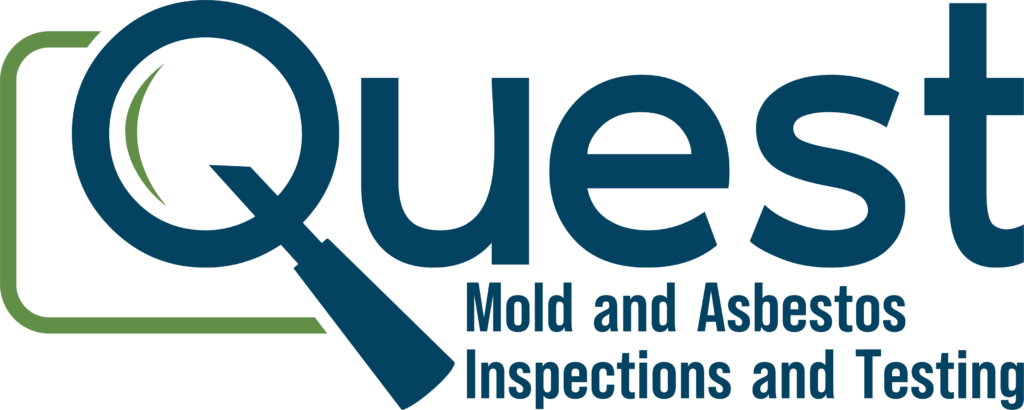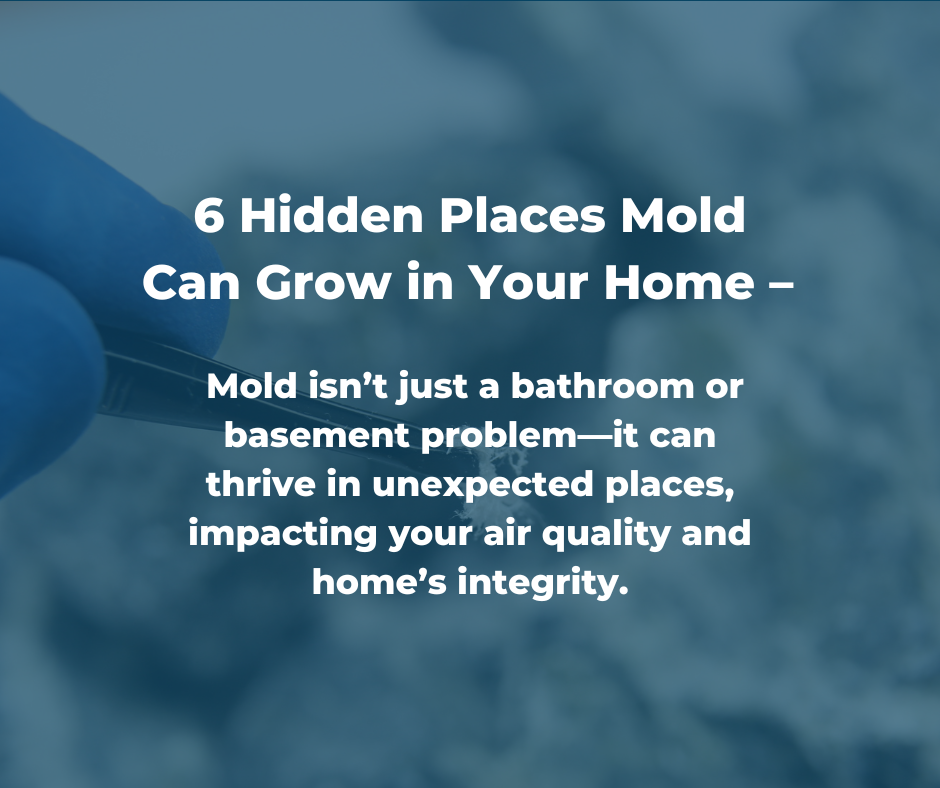Mold can be a stealthy invader, hiding behind the scenes in parts of your home that seldom get your attention. Although most of us think about mold growing in our basements, or in our bathrooms, it can grow in various places — affecting your indoor air quality and the structural integrity of your house. Even with a spotless home, you might still have mold. Here are six surprisingly mold-prone spots and how to prevent infestations before they have a chance to take a serious hold.
1. Inside HVAC Systems
Your heating, ventilation, and air conditioning (HVAC) system can be a prime breeding ground for mold. Cool, humid conditions can invite mold to dwell within your refrigerator, as moisture build-up due to condensation, dust, and dirt combine to be the ultimate incubator for this disgusting fungus. When mold gets into your HVAC system, spores can be blown all over your home where they can cause respiratory problems and trigger allergies.
Prevention Tips:
Frequent filter changes will help prevent the buildup of dust and moisture as well.
Check and clean drip pans to prevent standing water.
Have routine HVAC maintenance and cleaning to minimize mold growth.
2. Under Kitchen and Bathroom Sinks
Water pipes leak, and condensation drips under sinks, creating dark, damp environments in which mold thrives. Even small leaks can cause mold infestations if not corrected.
Prevention Tips:
Inspect under sinks regularly for leaks, and fix them immediately.
Provide enough ventilation in kitchens and bathrooms where humidity can be high.
If you decide to renovate these spaces, use mold-resistant materials.
3. Behind Wallpaper and Drywall
Mold can grow out of sight behind wallpaper, drywall, and even painted surfaces, often because moisture from leaks or high humidity gets trapped. If you see peeling wallpaper, discoloration or a musty smell, mold may be hiding behind the walls.
Prevention Tips:
- Use mold resistant primers and paints to reduce the odds of mold.
- Fix any plumbing leaks or wall moisture issues immediately.
If you believe there’s mold, hire a professional to inspect the situation before removing wallpaper or drywall.
4. Washing Machines and Dishwashers
Unsurprisingly, front-loaders in particular are infamous for their moldiness due to their rubber door gaskets trapping moisture. Dishwashers can also develop mold in their filters and seals when they do not get regular cleaning.
Prevention Tips:
After not in use, leave the washing machine door open to help it dry.
Dirt and staining can accumulate, so clean and disinfect rubber seals and filters regularly.
Eliminate mold buildup by running a hot water cycle with white vinegar or baking soda.
5. Window Sills and Frames
Condensation on windows nurtures mold growth during the colder months when moisture builds up on the glass and frames due to temperature variations.
Prevention Tips:
Frequent wipe down of the window sills and frames helps get rid of excess moisture.
That said, proper insulation and ventilation should soak up condensation.
Use a dehumidifier in moisture-rich spaces to control humidity levels.
6. Under Carpets and Flooring
Unless you strip your floors down to the underlay, carpets and floorboards are effective in trapping moisture from spills, leaks or even humidity and create the perfect breeding ground for mold to grow without anyone knowing. Musty smells, warping or unexplained allergic reactions might mean that there’s mold beneath your flooring.
Prevention Tips:
Tend to water spills and leaks right away to avoid moisture build-up.
Install carpet with moisture-resistant padding.
You might also consider getting carpets professionally cleaned every so often, to remove possible mold spores.
Conclusion
Mold can grow in the most unexpected places and is dangerous to your home and your health. Regular inspections and proactive maintenance can help facilitate the early detection of mold, preventing expensive damage. If you suspect there’s mold behind any walls, you’ll need a pro for an inspection. Mold detection and testing Services in Long Island: At Quest Mold and Asbestos Inspections and Testing, we offer expert mold detecting and testing services to keep your Long Island home a safe and healthy place to live in.
Call us now for a complete inspection and peace of mind — mold won’t go unnoticed.


